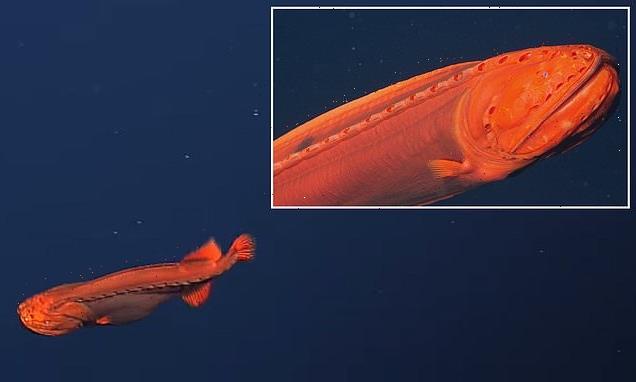Humans have wiped out nearly 20% of ALL bird species over the past 50,000 years because of hunting
- A study found humans have wiped out 469 bird species from the Earth over the last 50,000 years
- The extinctions were caused by humans overhunting the birds
- Most of the extinct birds lived on islands, were very large and flightless
Humans have wiped out 469 bird species from the Earth over the last 50,000 years, a new study reveals.
Scientists at Tel Aviv University and the Weizmann Institute found avian endured a major extinction event starting 20,000 years ago that ended with up to 20 percent of species disappearing – but researchers say the real number is much higher.
The team found that most of the extinct species were very large, lived on islands and were flightless.
This includes the massive Moa that lived in New Zealand and went extinct in the 17th century and the infamous dodo bird, which were native to island of Mauritius off the coast of Madagascar – it went extinct in the 1600s.
The extinctions, according to the researchers were caused by the arrival of humans on islands who hunted the large birds to feed the entire community.
Scroll down for video
Humans have wiped out 469 bird species from the Earth over the last 50,000 years, a new study reveals. This includes the moa (pictured) that once lived in New Zealand
Shai Meiri of the School of Zoology at The George S. Wise Faculty of Life Sciences and the Steinhardt Museum of Natural History at Tel Aviv University, said in a statement: ‘We conducted a comprehensive review of scientific literature, and for the first time collected quantitative data on the numbers and traits of birds worldwide.
‘Those that became extinct in the last 300 years or so are relatively well known, while earlier species are known to science from remains found in archaeological and paleontological sites worldwide.
‘Altogether we were able to list 469 that became extinct over the last 50,000 years, but we believe that the real number is much higher.’
The reason Meiri and his team are putting the blame on humans is due to the large amount of bird remains unearthed at ancient human sites, along with other evidence that shows the avian disappeared shortly after humans arrived on an island.
The study also includes the infamous dodo bird, which were native to island of Mauritius off the coast of Madagascar – it went extinct in the 1600s
‘Extinctions mostly occurred in families of large-bodied birds, whilst lineages of small birds have fared better. Insular birds are overall larger than mainland birds, a trend that becomes even more evident when the extinct forms are analyzed,’ reads the study published in the Journal of Biogeography.
‘However, within lineages, sizes are only slightly larger on islands than on continents.’
The large birds were found to be 10 times the size of those that survived the arrival of humans.
The reason humans targets large birds, like the 9-foot-tall Mihirung, is because they provided more food.
The Mihirung, also known as thunder bird or demon duck, was a flightless bird that lived in Australia up to 50,000 years ago, but was killed off by human hunters.
Another feature among the extinct species is that 90 percent of them lived on islands that were either killed by humans who just arrived on the island or the animals they brought with them, pigs, rats and cats.
A large portion of the extinct bird species were flightless, and often unable to escape their pursuers, such as the Giant Moa that once roamed New Zealand.
The reason humans targets large birds, like the 9-foot-tall Mihirung, is because they provided more food. The Mihirung, also known as thunder bird or demon duck, was a flightless bird that lived in Australia up to 50,000 years ago, but was killed off by human hunters
The study found that the number of flightless bird species that became extinct is double the number of flightless species still existing today – 68 percent of the flightless bird species known to science became extinct.
‘Our study indicates that before the major extinction event of the past millennia, many more large, even giant, as well as flightless avian lived on our globe, and the diversity of birds living on islands was much greater than today,’ Meiri said in a statement.
‘We hope that our findings can serve as warning signals regarding bird species currently threatened with extinction, and it is therefore important to check whether they have similar features.’
Source: Read Full Article





